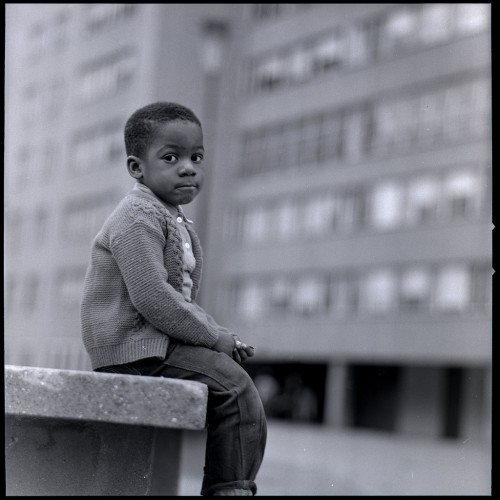Sevilla is definately creating more and more of an impression on me, this place is incredible...and its funny, when I see someone with a map and/or brandishing the tourists weapon of choice, a camera, I think to myself, 'fucking tourists...' before I stop myself... and I've started to realise something about myself, and some people may disagree with me and rightly so, but taking tours and going to certain places to spectate on certain ruins or architecture holds little to none of my interest, I'm just not overly bothered about it, and I really should be...I'd much rather sit outside in a bar chewing on olives (I've figured out that I eat an average of 1.5 kilos of olives a week...its my biggest food expense...
The competition entry is going really well, in about 2 hours we have a video conference with Studio STL and MWCML, two fascinating non-profit community organisations, about a collaberation with them and the children that participate in their programs. Instead of looking at communities as demographic maps and crime rates and statistics, we are actively looking to engage with the people of the area, something that both StudioSTL and MWCML seem very excited about. Really looking forward it, a little bit nervous though...
I don't want to write up too much about our entry and how we are planning to approach it, and I don't think I could do it justice with my explaination to be honest! But I think we're taking a different fresh approach to a project such as this, and that might set us apart from the other entries..
Above is a fascinating video on biomimicry, but not in a false 'cell facade' kind of way! We've also being asking ourselves 'what makes a good 'place'?'...how do we go about creating a 'place' for a community in a neighborhood thousands of miles away...
One area I have been finding particularly fascinating is emergence, and how cities are build when there are no architects or planners..I'll try to give you a brief discription;
So, it's obvious that in medieval cities, or cities in poor, 'under-developed/developing' countries where the people build their own house without architects or urban planners. This is often called the vernacular, architecture without architects or more recently, slums. The very word 'slum' carries with it a preconception of filth, disease, high density and poverty...and they are quite valid, but I love slums, there is a magical quality to them which no single architect or planner could ever achieve, ever!
Le Corbusier used to use the term 'donkey paths' for these types of areas, and I think this shows up his ignorance. Any modernist development such as Pruitt Igoe is a modernist's dream, a 'machine for living in', architect as God, designing how people will live, and how they will socialise...in my eyes this is the main reason it failed, you have to facilitate peoples needs to express themselves and form communities for themselves..give the people the power to empower themselves. Back to the 'donkey paths', the very reason these cities have their character, when someone starts to build a house, they pay attention to who their building beside, and whether or not their building will be in the way of other people's activites, prime example being a path. An architect can design a path from A to B, pour the concrete and leave it dry only to find people dont take that route but prefer to walk across the grass as its quicker, or maybe it catches the sun. Now, why not leave the site for a week or two, come back to site and look at where paths have been worn into the grass, then pour the concrete to facilitate that flow of movement.
Sevilla is a perfect example, beautiful city full of character and charm. Cobbled winding streets and ancient buildings, compare tha to st. louis which, just like all other American cities, was designed on the grid system where the car rules. This is just one factor of why I think American cities don't work, another being density. A city where you can't walk from one side to the other in a relatively short period is a city that doesn't work. Not being able to walk to certain places with the city limits means that there's a dependance on the car...not good!
Above is St Louis with its grid system...good for post men and car salesmen, not so much for the other residents..
And below is Sevilla, winding 'organic/emergent' street patterns with a few grids.
But take a close look at the scales on the bottom left of the pictures...





























